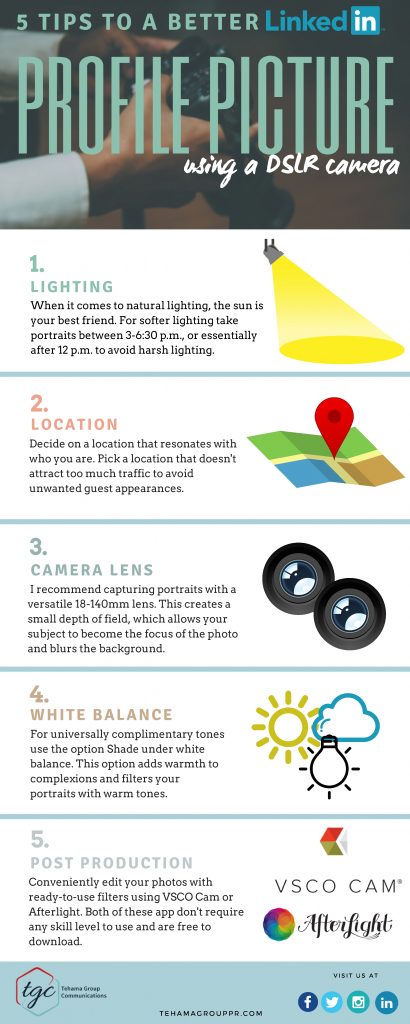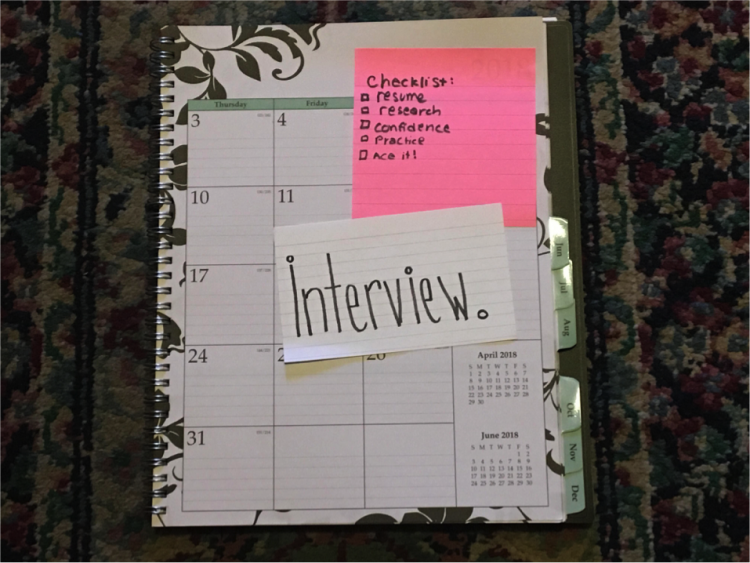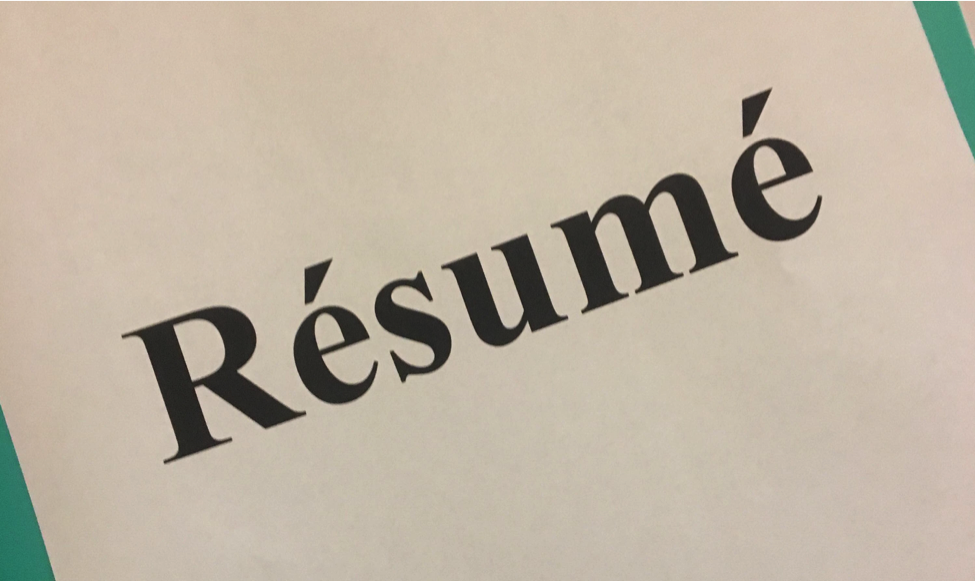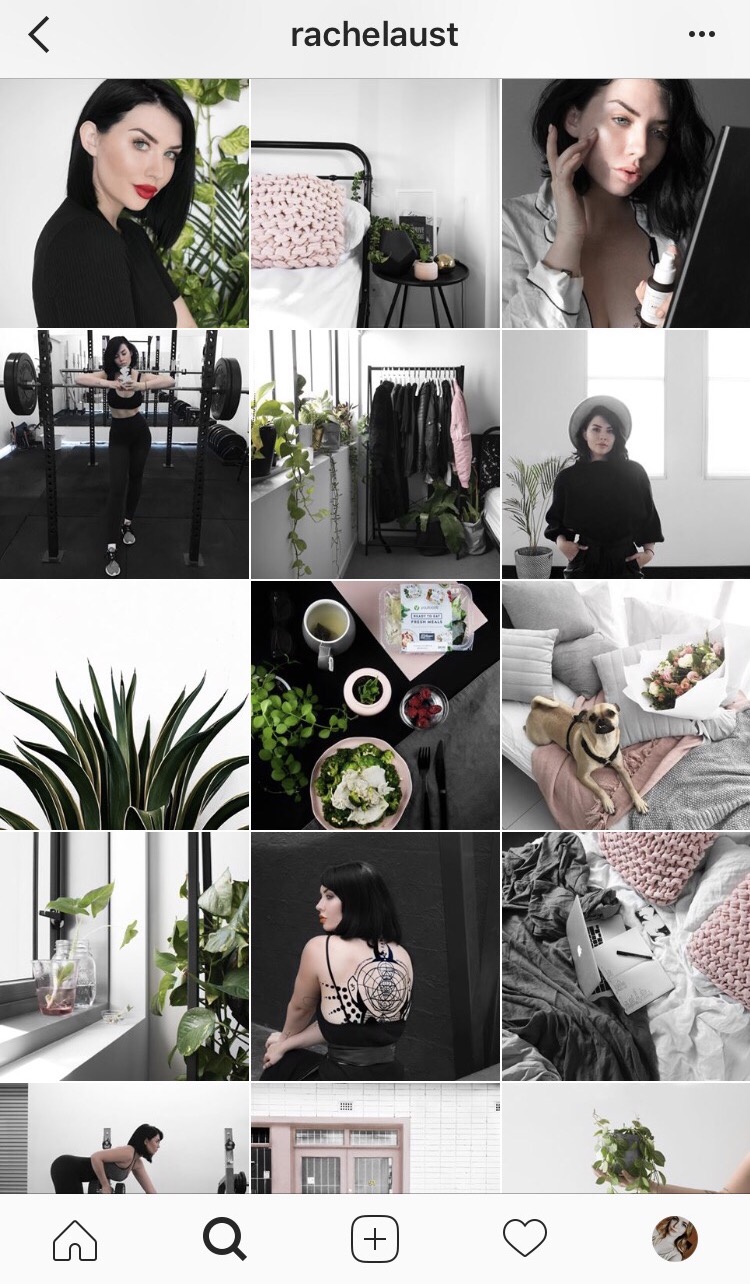I know presenting isn’t easy for everyone. Actually, I still get that weird nervous feeling at the bottom every time. Walking up to the front to the front of as class, with all eyes on you seems like the worst. However, there are several ways to overcome that. Here are some tips that could help you knock that presentation out of the park.
- Connect without audience
I know it hard to be yourself when your nervous but be honest with your audience and illustrate what is important to you. If your enthusiastic and honest, your audience will respond to that in a positive way.
- Keep it Simple
When preparing for your presentation, always be mindful of what the key message is — and focus on just that. Try not to get sidetracked with other information that may not contribute to your overall message.
- Make eye contact with your audience and don’t forget to smile
For me this is the most difficult part. But if you make eye contact it seems as if your talking to an individual versus a group of people. It simplifies the presentation a bit. Think of it as having a conversation with multiple people, instead of preaching to a mass. Plus, smiling makes everything better, it will also make your audience feel more comfortable with you.
- Start off strong
First impressions are everything. If you start off dull, your audience is likely to not pay attention or engage for the rest of your presentation. Try starting with something funny, or even a question—anything to get your audience to verbally or physically engage. It will pay off during your presentation.
- Use your voice
Don’t be afraid to raise your voice. Make sure those in the back can hear you. Also, control your talking speed. If your talk to fast, it is harder for your audience to soak up what you’re saying. You need to talk at a good pace that isn’t too fast.
- PRACTICE PRACTICE PRACTICE
Practice makes perfect, don’t undermine that. Get in front of a mirror and practice what you’re going to say. Do this a few times leading up to your presentation, I promise you will be pleased with the results.
















